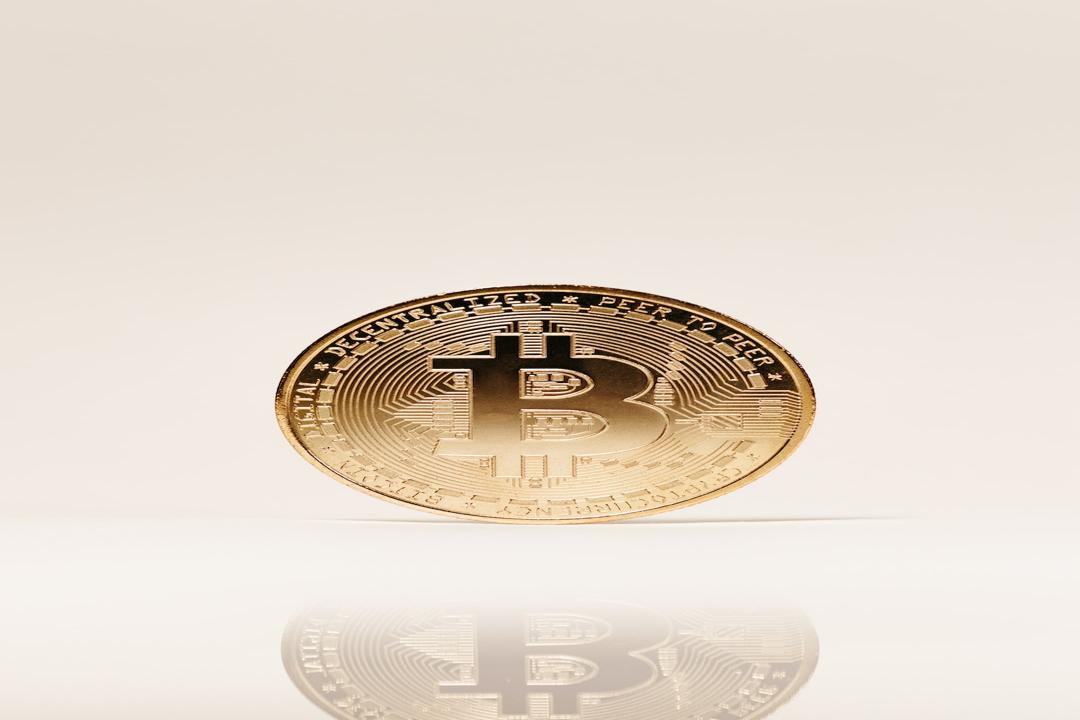VanEck has applied to launch a Solana exchange-traded fund (ETF), which has surprised the market in several ways. The asset management company submitted the ETF application on Thursday. Notably, VanEck’s Solana spot ETF plan is unprecedented as there is no corresponding Solana futures market in the United States.
However, the application also highlights a specific risk not seen in other ETF applications: the concentration of SOL token holdings. According to VanEck’s application, as of the end of November last year, the top 100 wallets holding SOL tokens accounted for approximately one-third of the circulating supply of SOL tokens. “Due to this concentration of holdings, large-scale sales or distributions may have adverse effects on market prices.”
The decentralization of tokens, which refers to the distribution of a cryptocurrency among its holders, is important for both investors and regulatory bodies. Compared to Bitcoin and Ethereum, SOL token distribution is relatively low, and concentrated holdings could become an obstacle to approving the VanEck Solana ETF. Caroline Crenshaw, a commissioner at the U.S. Securities and Exchange Commission (SEC), cited concentrated Bitcoin holdings as one of the reasons for opposing the approval of a Bitcoin spot ETF in January. The top 107 Bitcoin wallets hold approximately 16% of the circulating supply, which is roughly half of Solana’s proportion. The top 100 Ethereum wallets hold about 19% of the Ethereum supply.
Matthew Sigel, Head of Digital Asset Research at VanEck, dismissed these concerns, stating that the network itself is decentralized. “There is no single intermediary or entity operating or controlling the Solana network,” Sigel posted on the X platform shortly after the application was made public.
Sigel mentioned that a diverse user base maintains the infrastructure supporting Solana network transactions. According to data from Solana Beach, a Solana data platform, the Solana network consists of 1,509 independent nodes. If the top 20 nodes were to collaborate, they would have enough power to attack the network.
The ETF application must list risk factors that could adversely affect the prices of its underlying assets. Another Solana-specific risk listed by VanEck is the blockchain’s unique Proof of History (PoH) mechanism. Proof of History allows Solana to process transactions faster than other blockchains, such as Ethereum. However, issues with PoH have caused multiple prolonged network interruptions in recent years. “PoH is a new and not widely used blockchain technology that may not operate as expected,” the application states.
VanEck’s Solana ETF application also lists many risks similar to those in its Ethereum ETF application. These risks include the “extreme volatility” of crypto assets, the immutability of crypto transactions, and the potential impact of forks on ETF share values, among others.

